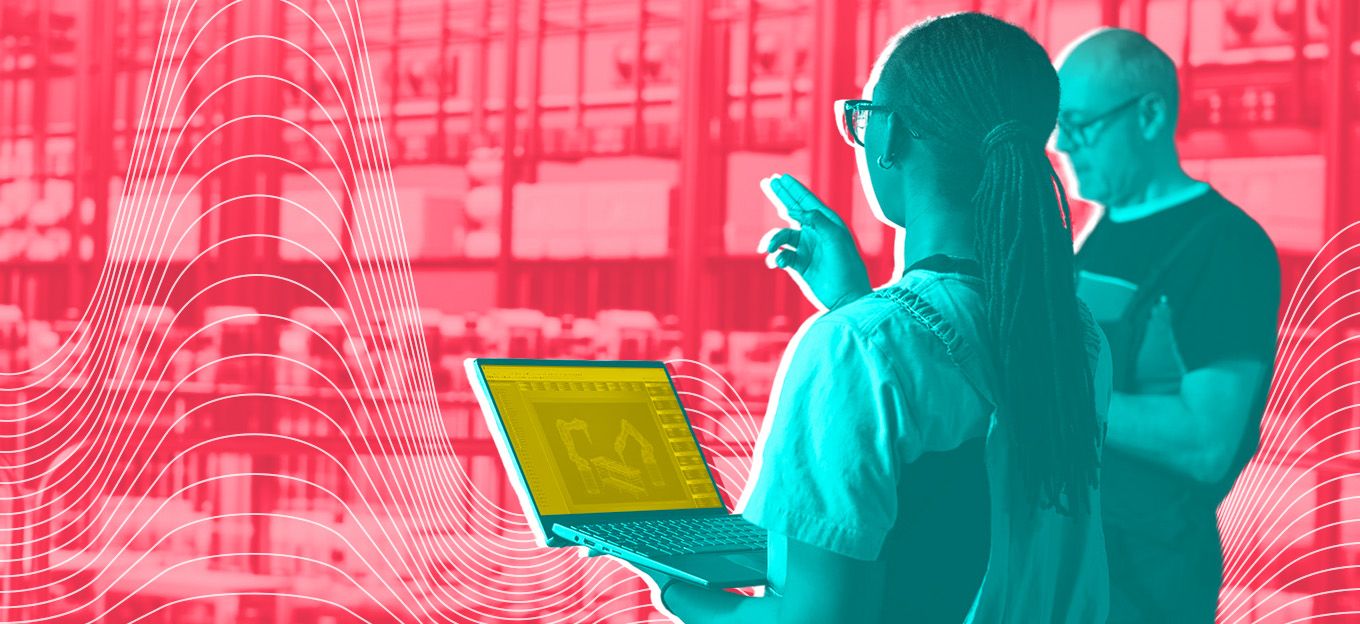Google, Uber and Amazon: The Race to Put Drones in Our Skies
Google, Uber and Amazon: The Race to Put Drones in Our Skies
- Last Updated: December 2, 2024
Guest Writer
- Last Updated: December 2, 2024



Nothing represents the future of smart cities like drones flying through our skies in mass. Like a scene from Blade Runner, people and parcels will be transported across our cities offering a completely new option to ground transportation and changing the way live forever.
Some think this day is far away, but rapid progress—led by some of the world’s tech behemoths—shows this may be a reality in the very near future. Take an Air Uber to work, or complain about the buzz of delivery drones passing your house on the way to your shopaholic neighbor. It's all part of the plans being announced and executed right now.
Three powerful tech giants—Google, Amazon and Uber—have different smart city projects underway. Nothing represents the future of smart cities like drones and cars flying through our skies en masse.
The companies most likely to lead this change are the incumbent tech giants with the foresight and funds to make this a reality. They see the opportunity and understand the potential scale and pay-off for those who control our skies. This is coming sooner than you think, with trials underway and cities signing up to be first in line.
Google and Project Wing
In the Australian capital of Canberra, Google has quietly been working on Project Wing where it has been testing deliveries direct to homes. According to The Guardian, for the past 18 months, Project Wing has been trialing drone delivery of food and drinks, medication and locally-made coffee and chocolate.
They’ve also been granted an official license by the Australian Aviation Authority, CASA, after a thorough examination of the safety implications. According to a CASA spokesman, "All those safety issues have been assessed to there are no risks to people on the ground, property or aircraft in the sky.".
Project Wing will now begin regular deliveries to approximately 100 homes with the only condition being that the drones are banned from crossing over major roads, and there's a minimum distance they have to keep from people on the ground.
More recently they've announced plans for a second city, announcing a trial in Helsinki's Vuosaari and Teisko districts. According to The Verge, the service will deliver from two shops: the gourmet supermarket Herkku Food Market and local restaurant Cafe Monami.
There are also reports from the US that Wing has received approval to start making deliveries there, with plans to launch in Virginia in the next few months.
UberAir + UberEats = #UberWIN
Uber has made less actual progress than Google, but it's winning in the ambition stakes. It has done deals with Dallas-Fort Worth, Dubai, Los Angeles and Melbourne for trials starting in 2020-2023 for moving people around in the skies as opposed to boxes.
According to The Guardian, Melbourne will be the first city outside the US to host trials of UberAir, which the company describes as “aerial ride-sharing” that will transport people from rooftop (“Skyport”) to rooftop for the price of an UberX.
The best part is that according to Uber spokesman Eric Allison, this project could reduce traffic congestion, which is currently costing around $16.5 billion a year to the Australian economy.
At the company’s annual Uber Elevate Summit earlier this month, Uber released potential designs both for rooftop landing pads and the carriers themselves. Called electric VTOLs (vehicle take-off and landing vehicles), each one will carry four passengers and operate as a helicopter. Uber is working with partners such as Aurora Flight Sciences (which is part of Boeing), Pipistrel Aircraft, Embraer, Bell, and Karem Aircraft.
Meanwhile, CNN reports that UberEats is gearing up to get into the drone delivery game with plans to start a pilot program to offer fast food drone delivery in San Diego, California. The goal is to decrease delivery times and to expand the number of choices for customers. Drones will take the order across the skies to drop-off points where they are picked up by Uber drivers and delivered to your door.
Amazon’s Prime Air Drone
Given its domination of global logistics, it’s surprising Amazon isn’t leading this race. On the 5th of June, they announced a new drone that can fly vertically, like a helicopter, and in a new, aerodynamic airplane mode.
The Air Drone was introduced on stage at Amazon’s Re: MARS conference in Las Vegas, and according to The Verge, CEO Jeff Wilke emphasized the aircraft’s safety features, "We know customers will only feel comfortable receiving drone deliveries if the system is incredibly safe."
The new drone will have a combination of thermal cameras, depth cameras, and sonar for detecting hazards. Artificial intelligence will help Amazon to automatically identify obstacles and navigate around them.
As Wilke told Bloomberg, “We’re not telling the FAA, hey, here is something new that you’ve never seen before,” he said. “We’re saying, this is an airplane that’s built to exacting aerospace standards.”
In terms of timing, Wilke commented, ‘“You’re going to see it delivering packages to customers in a matter of months.” No locations have been identified at this stage.
Now What?
Our drone future won’t start immediately, but it's happening, make no mistake. First, it will be one city, then five, then ten, then twenty, and so on until it’s just part of our daily lives. The technology will be solved, safety concerns will be addressed, and ultimately, the authorities will get on board.
Google, Uber and Amazon may not get there at the same time, but they're all trialing, or are about to start trialing, their own version of transport drones. Then, as in Canberra, Australia, where the government has approved commercial use, the journey about becoming smart will take one giant leap (or flight) towards becoming reality.
Written by Maria-Magdalena, SmartMyCity.
The Most Comprehensive IoT Newsletter for Enterprises
Showcasing the highest-quality content, resources, news, and insights from the world of the Internet of Things. Subscribe to remain informed and up-to-date.
New Podcast Episode

Moving Past the Pilot Phase in IoT and AI
Related Articles




